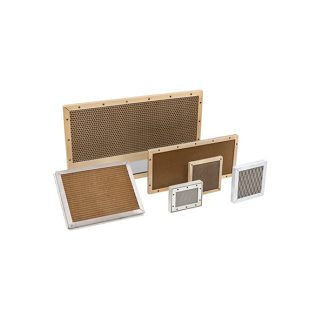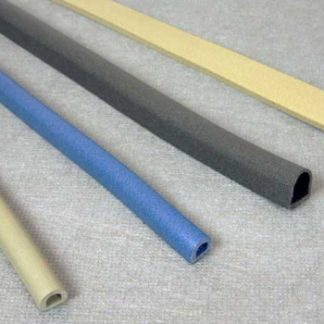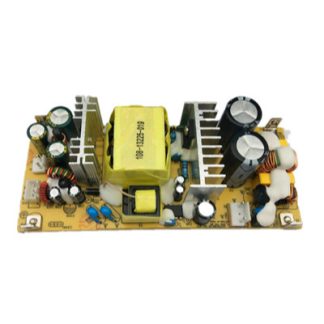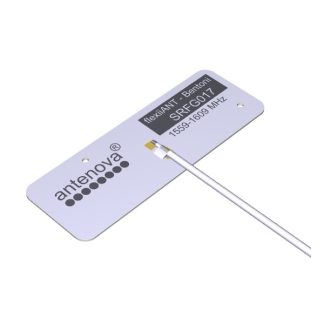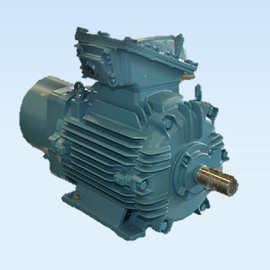Description
Most of the Kemtron conductive elastomer profile range is available as O-Rings in all electrically conductive silicone & fluorosilicone grades. Non-conductive silicone and fluorosilicone O-Rings are also available.
Small solid section O-Rings up to 15mm inside diameter will normally be compression moulded using multi cavity flash free tooling. This manufacturing method ensures very fast delivery for large volumes. Larger O-Rings are made by joining extruded strip, the jointing compound is electrically conductive ensuring good shielding integrity. Tube section O-Rings must extruded and jointed. Extruded and jointed O-Rings can be any size with developed length of many meters.
Performance
Kemtron’s Electrically Conductive Silicone Elastomer materials tests are performed in house and by external laboratories all using calibrated equipment, testing to the standard specified in MIL-DTL-83528. Kemtron offer the performance data and methods of testing to MIL-DTL-83528 for comparison only.
All of Kemtron’s test certificates and reports are available upon request. The results were obtained in laboratory conditions and should be used as a guide only. Customer hardware and many other factors are beyond our control. Therefore, customers should perform their own tests to ensure suitability of the product for the desired performance.
Materials
- Silver-plated aluminium in silicone or fluorosilicone
- Silver plated copper in silicone or fluorosilicone
- Silver plated glass in silicone or fluorosilicone
- Nickel coated graphite in silicone or fluorosilicone
- Pure nickel in silicone or fluorosilicone
- UL94V0 grade of nickel coated graphite in silicone
Applications
O-Rings are the most cost-effective form of seal and can be small section and small diameter for applications such as jam nut seals for connectors, waveguide flange seals, sealing screw fixings and more. Large diameter O-Rings need to located in a groove or channel in the enclosure sealing face. This groove can take a complex route around the enclosure sealing off fixing screws. The groove also forms a compression stop for the O-Ring gasket and has the added advantage of improving shielding effectiveness by achieving metal to metal contact. Moisture or pressure sealing will also be achieved by using O-Ring seals however they are only designed for static applications.
- Industrial controls
- Instruments
- Military equipment
- Avionics
- Medical electronics
- Electronic equipment enclosures’


